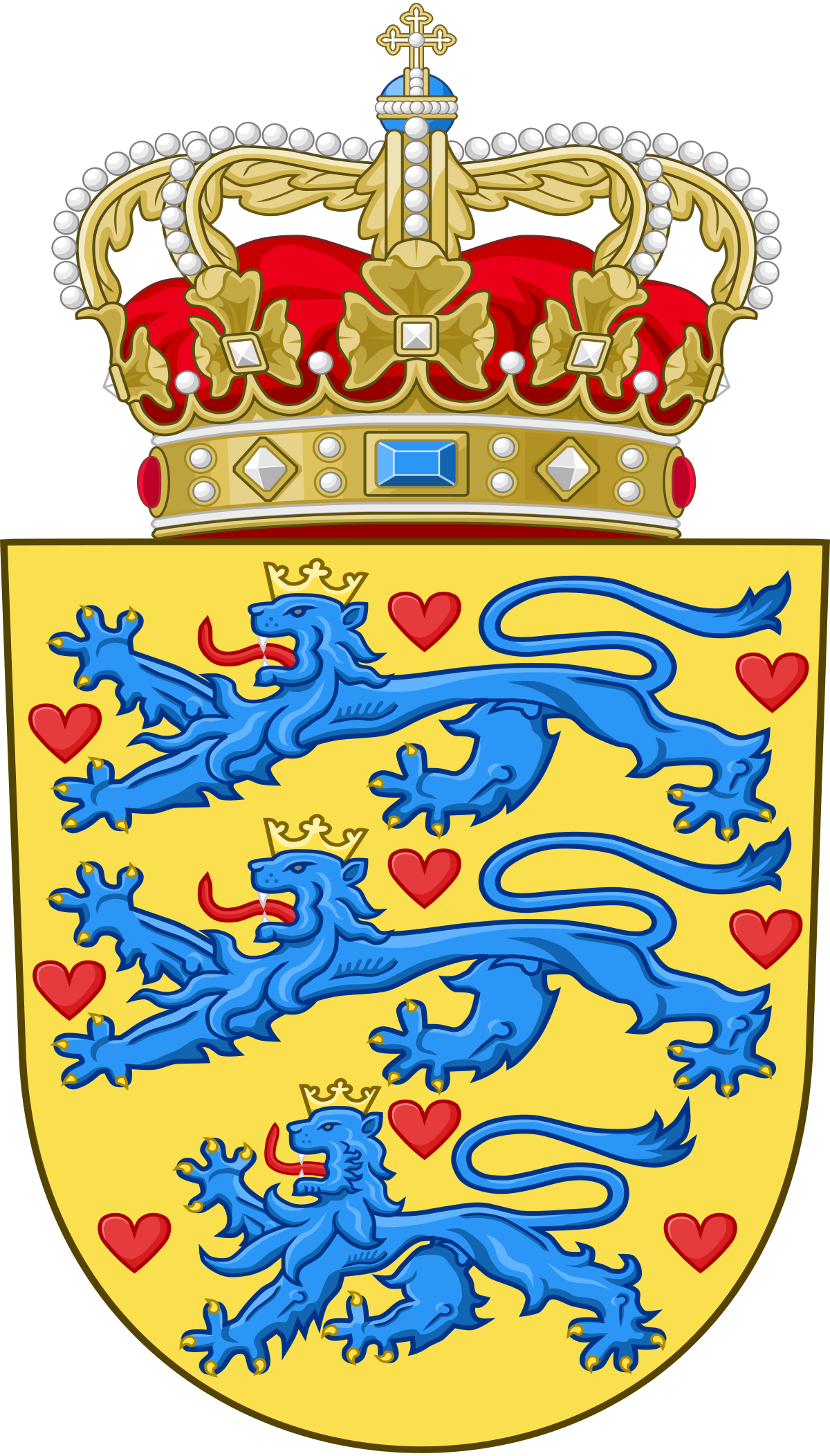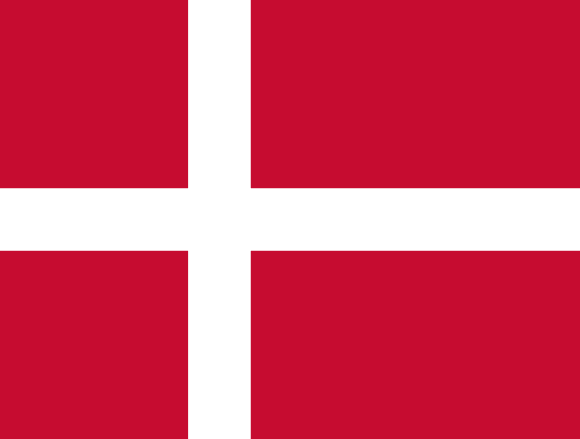
Denmark
God's help, the love of the people, Denmark's
strength!

History
Geography
Economy
Population
Interesting facts
The history of Denmark as a unified
kingdom began in the 8th century, but historic documents
describe the geographic area and the people living
there—the Danes—as early as 500 AD. These early documents
include the writings of Jordanes and Procopius. With the
Christianization of the Danes c. 960 AD, it is clear that
there existed a kingship. Denmark's history has
particularly been influenced by its geographical location
between the North and Baltic seas, a strategically and
economically important placement between Sweden and
Germany, at the center of mutual struggles for control of
the Baltic Sea (dominium maris baltici). Denmark was long
in disputes with Sweden over control of Skånelandene and
with Germany over control of Schleswig (a Danish fief) and
Holstein (a German fief).Eventually, Denmark lost these
conflicts and ended up ceding first Skåneland to Sweden
and later Schleswig-Holstein to the German Empire. After
the eventual cession of Norway in 1814, Denmark retained
control of the old Norwegian colonies of the Faroe
Islands, Greenland and Iceland. During the 20th century, Iceland gained
independence, Greenland and the Faroese became integral
parts of the Kingdom of Denmark and North Schleswig
reunited with Denmark in 1920 after a referendum. During
World War II, Denmark was occupied by Nazi Germany, but
was eventually liberated by British forces of the Allies
in 1945,[2] after which it joined the United Nations. In
the aftermath of World War II, and with the emergence of
the subsequent Cold War, Denmark was quick to join the
military alliance of NATO as a founding member in 1949.
During the 20th century, Iceland gained
independence, Greenland and the Faroese became integral
parts of the Kingdom of Denmark and North Schleswig
reunited with Denmark in 1920 after a referendum. During
World War II, Denmark was occupied by Nazi Germany, but
was eventually liberated by British forces of the Allies
in 1945,[2] after which it joined the United Nations. In
the aftermath of World War II, and with the emergence of
the subsequent Cold War, Denmark was quick to join the
military alliance of NATO as a founding member in 1949.